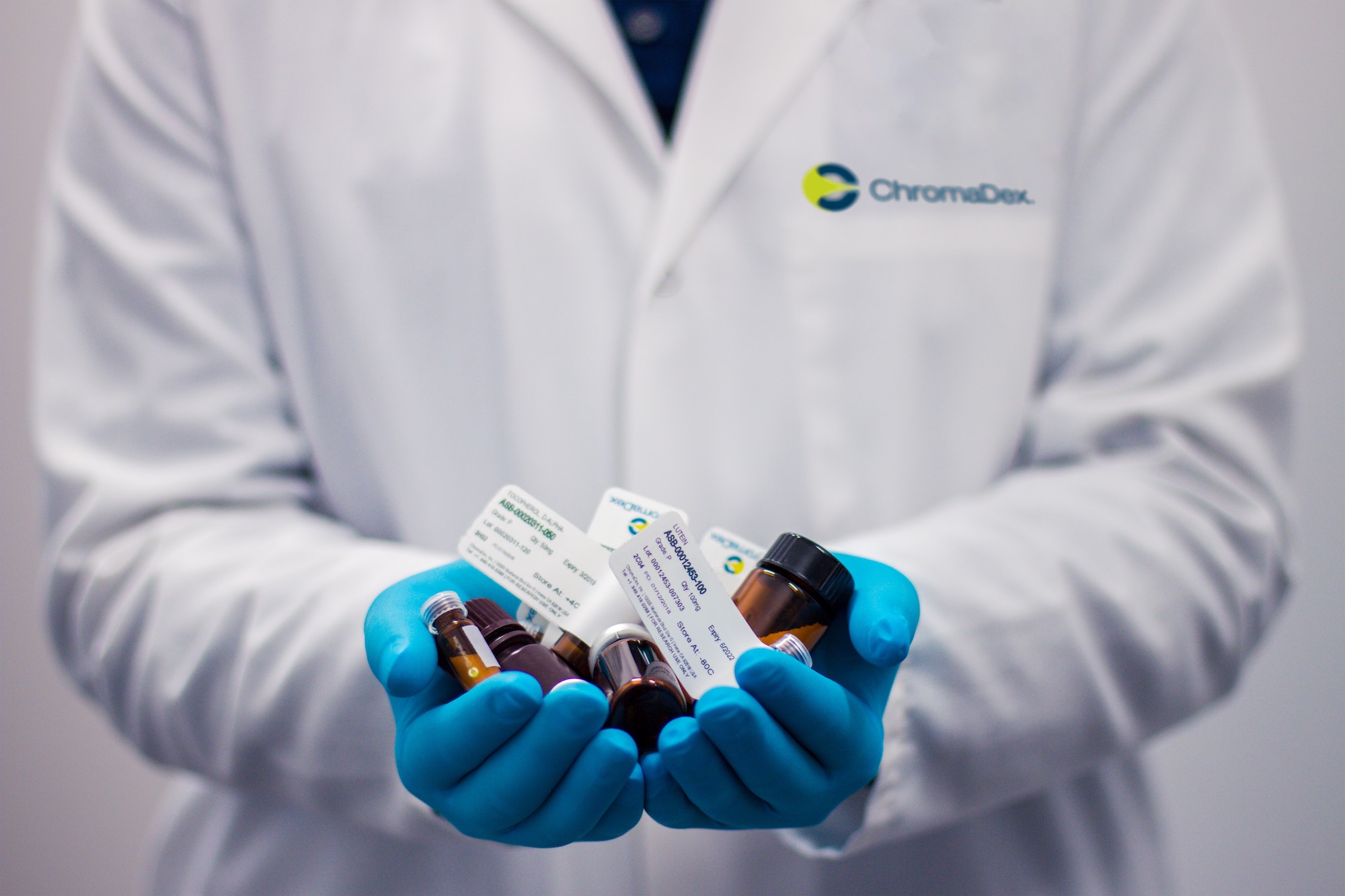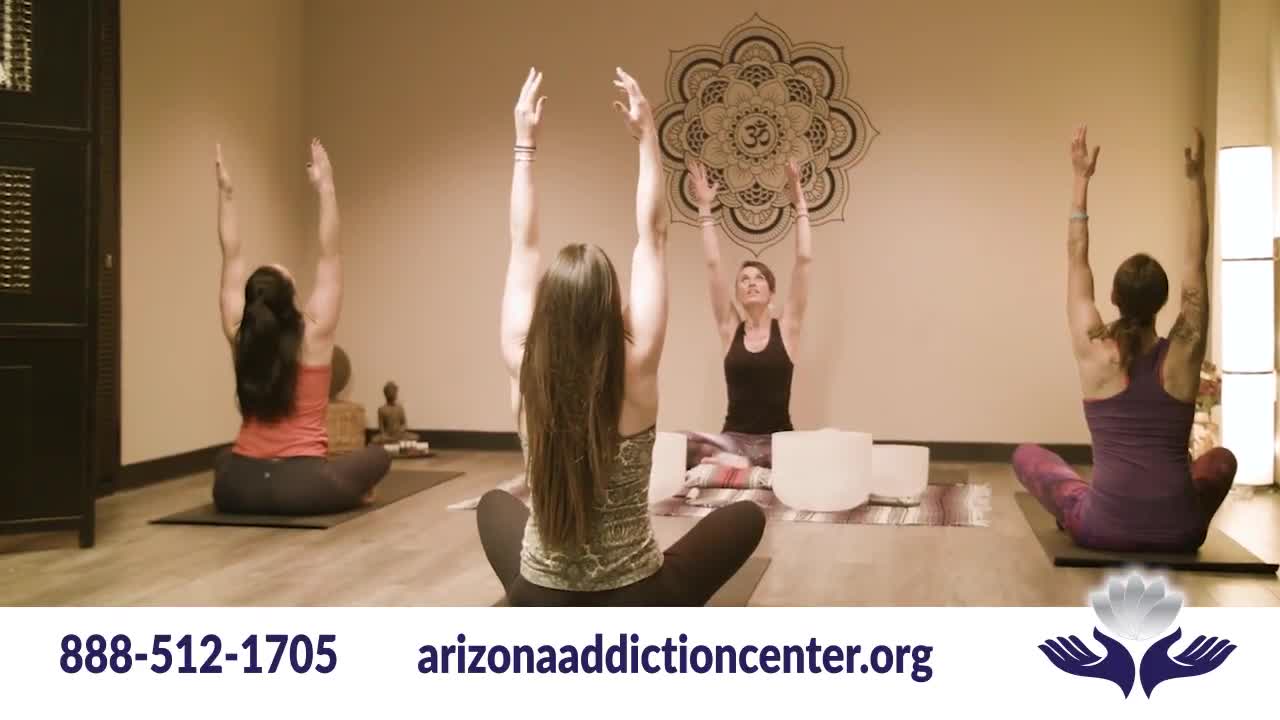What is the Opioid Epidemic?

If you’ve watched the news in the past few years, chances are you’ve heard of an epidemic we’ve been facing in this country. We aren’t talking about poverty, healthcare, or anything like that, we’re talking about the Opioid Epidemic. This epidemic has been plaguing U.S. citizens for years and it’s time we put a stop to it. However, the problem is that many people are unaware of the seriousness of this issue. This article will help serve as an educational piece for those of you that are unfamiliar with this epidemic and seek to better understand the full weight of a problem like this.
What Is This Epidemic?
First, let’s discuss what an opioid is. An opioid is a prescribed pain reliever, typically meant to be used after extreme surgeries that have excruciating recoveries. These medications can help ease pain that would otherwise be unbearable for most patients. Opioids are among some of the most potent substances on the market and can create extreme euphoria for users, which could explain why people have started to abuse them so frequently. But, if these medications are prescribed in moderate doses, how have people been able to abuse them as much as they have? Well, it all started in the 1990s when pharmaceutical companies started overprescribing opioids without knowing how addictive they could be.
In the 1990s, these companies began overprescribing these medications to patients, unknowingly creating a great influx in addiction among users. Because patients were overprescribed medications, they would take more of the medication than they needed. Widespread misuse of these medications began to surface and addiction started to sweep the nation. Since then, millions of people have begun to abuse these medications and some resort to illicit opioids if they are unable to acquire prescribed ones. Thankfully, people’s cries for help have been heard and the U.S. is doing everything it can to help fight against this growing social issue. The Opioid Epidemic is something that has drastically changed the way we prescribe medications to those in need.
Opioid Epidemic By The Numbers
Here are some quick facts to help you better understand the true effects of this epidemic:
- In 2018, there were over 10 million people in the U.S. alone who have abused or actively abuse prescription opioids. About 2 million of these people started to abuse the medications for the first time in that year, all others had previously been abusing them.
- It is estimated that about 130+ people die every day from an opioid-related overdose. These drugs are highly potent and the more a person uses, the higher their tolerance becomes. The higher the tolerance, the higher the dose needs to be in order to achieve the desired effects.
- In 2018 alone, there were over 47,600 people who died from an opioid-related overdose. 32,656 of those deaths were attributed to prescription opioid overdoses while the other 15,349 were attributed to illicit opioid overdoses (heroin). There were over 800,000 people who were actively using heroin in 2018.
- About 8-12% of the people who are prescribed opioids for pain relief wind up with an addiction. Of those people who are diagnosed with opioid addiction, 4-6% of them wind up transitioning to heroin, likely in cases where their prescriptions run out.
What Effects Does An Epidemic Like This Cause?
This epidemic is massive, there is no denying that, but how much of an effect does it have on the U.S. and those who live in it? Let’s discuss what areas in society this epidemic has affected:
- Economical Effect: An effect on the economy? Chances are you didn’t think this kind of issue could affect something like the economy, but it certainly has! In 2018 alone, the Opioid Epidemic has cost the U.S. $172-$214 billion dollars to cover healthcare costs, mortality costs, loss of productivity, criminal justice, and child/family assistance programs. Since 2015, the epidemic has cost the United States nearly $631 billion.
- Effect On Our Youth: The opioid epidemic has led to an increase in heroin use, which means the demand for it has increased as well. When demand increases, so does the supply. Heroin is a relatively cheap substance and can be acquired on the street, which can be dangerous for vulnerable youth. In 2018, there were over 81,000 people who tried heroin for the first time and it’s safe to say many of these people who tried for the first time were likely vulnerable teens or young adults. Another alarming statistic is that even babies are affected by this. Every 15 minutes, a baby is born dependent on opioids because their parents abused them. This condition is called Neonatal Abstinence Syndrome which causes withdrawal symptoms in a newborn child. The number of children born with this condition has increased by 400% since 2004.
- Addiction Increases: Because these medications/drugs are so potent, addiction becomes a very real issue for users. If these medications are misused, addiction can easily develop. It can start off with normal use, turn into regular use, misuse, and then ultimately turn into abuse. When a person starts to use the prescribed drug outside of its intended use, this is when addiction can easily form. When addiction forms, the chances of mortality increase or the number of beds in rehab centers decreases.
- Pharmaceutical Effects: Though the Opioid Epidemic has had some negative consequences, it has allowed us to take a look at how we prescribe medications. In recent years, pharmaceutical companies and medical professionals across the U.S. have started to decrease the number of opioid prescriptions they give out to their patients. This is a step in the right direction in the fight against the opioid epidemic.
This country is facing an epidemic, an epidemic that some people may not know about. Even though this has affected millions of Americans, discussions on this issue are not prevalent enough. If you or a loved one are suffering from opioid addiction, seek professional help. The one thing everyone needs to know is that it’s okay to not be okay. Don’t suffer in silence, get help!




